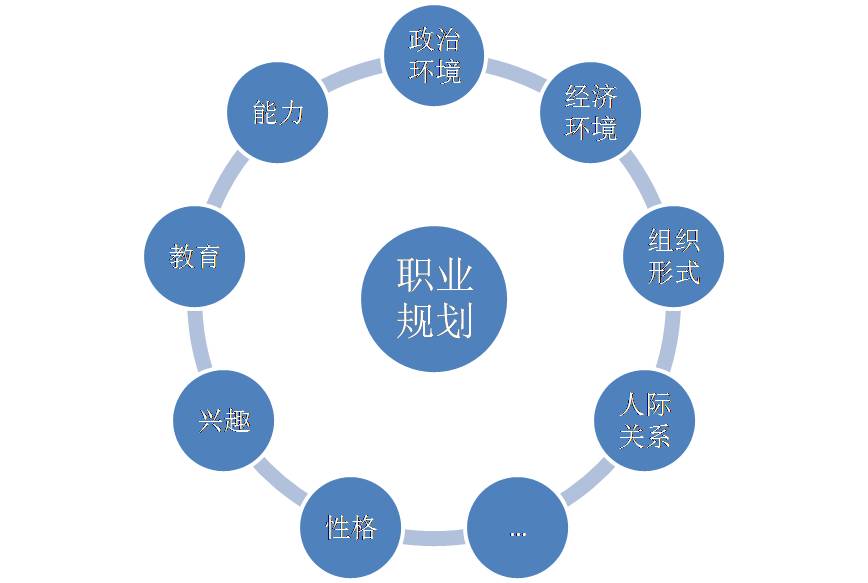goals and objectives of Internal Vendor Management Meeting
The goals and objectives of an Internal Vendor Management Meeting can vary depending on the specific needs and priorities of the organization. However, some common goals and objectives include:
1. Reviewing vendor performance: The meeting provides an opportunity to assess the performance of existing vendors, including their adherence to service level agreements, quality of products or services, and overall satisfaction of the organization.
2. Addressing vendor issues and concerns: The meeting allows for the identification and resolution of any issues or concerns related to vendors, such as delays in delivery, poor communication, or contractual disputes.
3. Evaluating vendor relationships: It provides a platform to evaluate the effectiveness of vendor relationships and determine if any changes or improvements are necessary. This may involve discussing the vendor's alignment with the organization's strategic goals, their ability to meet evolving business needs, or exploring alternative vendor options.
4. Contract and pricing discussions: The meeting can be used to review and negotiate vendor contracts, including terms and conditions, pricing structures, and any necessary amendments or renewals.
5. Sharing vendor-related updates and information: It allows for the dissemination of important vendor-related updates, such as changes in vendor policies, new product offerings, or industry trends that may impact the organization's vendor management strategy.
6. Developing vendor management strategies: The meeting serves as a platform to discuss and develop strategies for effective vendor management, including vendor selection criteria, performance metrics, risk mitigation strategies, and continuous improvement initiatives.
7. Enhancing collaboration and communication: It provides an opportunity for different internal stakeholders, such as procurement, operations, finance, and legal teams, to collaborate, share insights, and align their efforts in managing vendors effectively.
8. Monitoring compliance and risk management: The meeting can be used to review vendor compliance with regulatory requirements, contractual obligations, and risk management practices. This includes assessing vendor security measures, data protection policies, and business continuity plans.
Overall, the primary goal of an Internal Vendor Management Meeting is to ensure that the organization's vendor relationships are effectively managed, optimized, and aligned with its strategic objectives.
1. Reviewing vendor performance: The meeting provides an opportunity to assess the performance of existing vendors, including their adherence to service level agreements, quality of products or services, and overall satisfaction of the organization.
2. Addressing vendor issues and concerns: The meeting allows for the identification and resolution of any issues or concerns related to vendors, such as delays in delivery, poor communication, or contractual disputes.
3. Evaluating vendor relationships: It provides a platform to evaluate the effectiveness of vendor relationships and determine if any changes or improvements are necessary. This may involve discussing the vendor's alignment with the organization's strategic goals, their ability to meet evolving business needs, or exploring alternative vendor options.
4. Contract and pricing discussions: The meeting can be used to review and negotiate vendor contracts, including terms and conditions, pricing structures, and any necessary amendments or renewals.
5. Sharing vendor-related updates and information: It allows for the dissemination of important vendor-related updates, such as changes in vendor policies, new product offerings, or industry trends that may impact the organization's vendor management strategy.
6. Developing vendor management strategies: The meeting serves as a platform to discuss and develop strategies for effective vendor management, including vendor selection criteria, performance metrics, risk mitigation strategies, and continuous improvement initiatives.
7. Enhancing collaboration and communication: It provides an opportunity for different internal stakeholders, such as procurement, operations, finance, and legal teams, to collaborate, share insights, and align their efforts in managing vendors effectively.
8. Monitoring compliance and risk management: The meeting can be used to review vendor compliance with regulatory requirements, contractual obligations, and risk management practices. This includes assessing vendor security measures, data protection policies, and business continuity plans.
Overall, the primary goal of an Internal Vendor Management Meeting is to ensure that the organization's vendor relationships are effectively managed, optimized, and aligned with its strategic objectives.




